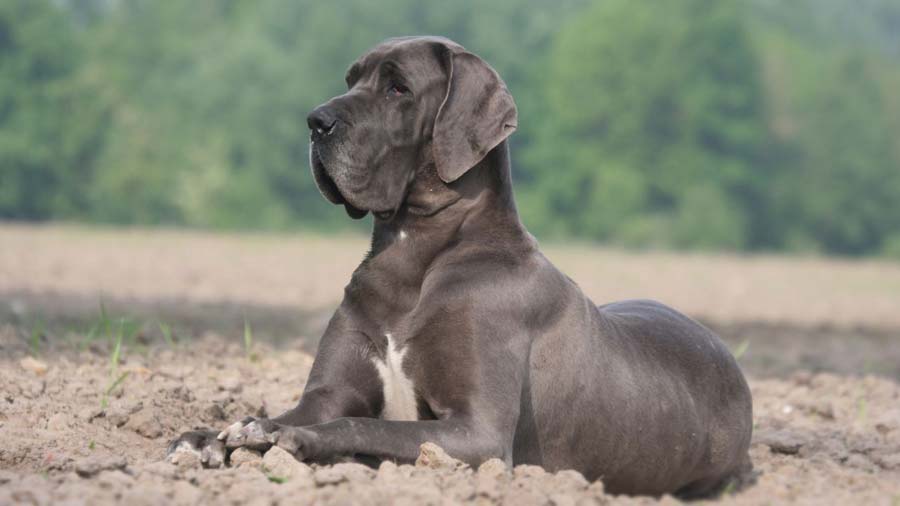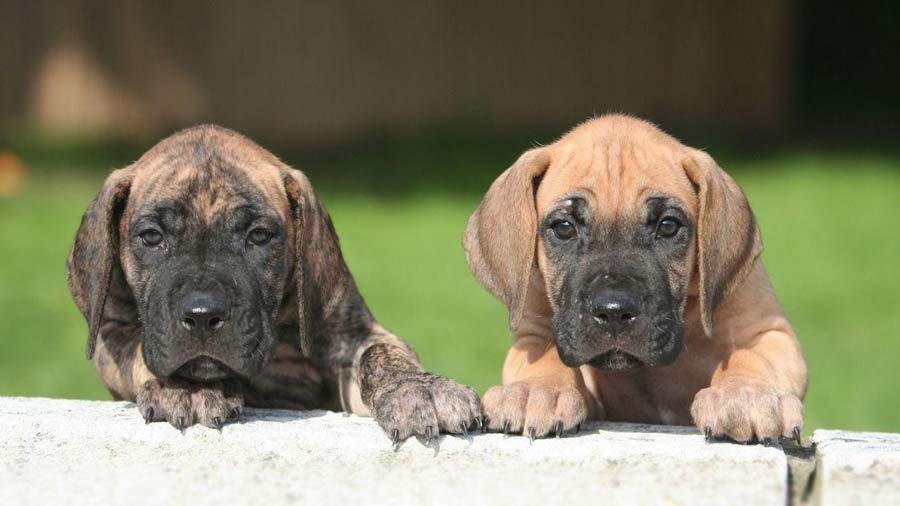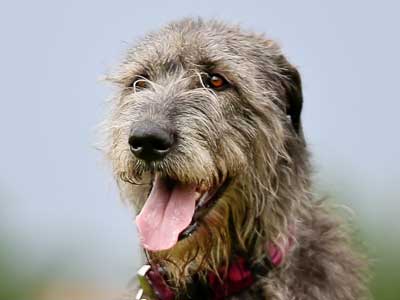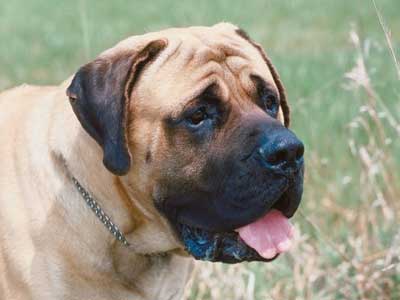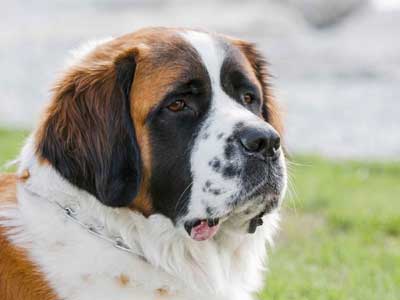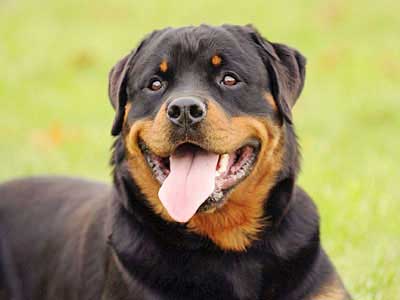Great Dane
Breed Information |
|
|---|---|
| Popularity |
2022: #19 2021: #17 2020: #15 2019: #17 2018: #16 2017: #14 2016: #14 2015: #15 |
| Name | Great Dane |
| Other names | Dane, Gentle Giant, Deutsche Dogge, German Mastiff |
| Origin |  Germany Germany |
| Breed Group |
Working (AKC:1887) Guardian Dogs (UKC) |
| Size | Giant |
| Type | Purebred |
| Life span | 7-10 years |
| Temperament |
Friendly Confident Devoted Intelligent Gentle Loving Reserved |
| Height |
Male: 30-34 inches (76-86 cm) Female: 28-32 inches (71-81 cm) |
| Weight |
Male: 120-200 pounds (54-90 kg) Female: 100-130 pounds (45-59 kg) |
| Colors |
Black Black & White Blue Brindle Fawn Harlequin Mantle Merle White |
| Litter Size | 10-15 puppies |
| Puppy Prices |
Average $1000 - $2000 USD Usually, the average cost of purchasing a pet quality puppy from a reputable breeder is about $1,000 to $2,000. However, for a Great Dane puppy with top breed lines and a superior pedigree, you may need to pay between $2,500 and $5,000. |
Breed Characteristics |
|
|---|---|
| Adaptability |
3 stars |
| Apartment Friendly |
5 stars The Great Dane will do okay in an apartment if it is sufficiently exercised. It is relatively inactive indoors and does best with at least a large yard. |
| Barking Tendencies |
2 stars Occassional |
| Cat Friendly |
3 stars |
| Child Friendly |
4 stars Good with Kids: This is a suitable dog breed for kids. It is also shy toward other pets and very friendly toward strangers. |
| Dog Friendly |
3 stars |
| Exercise Needs |
2 stars Like most dogs, Great Danes require daily walks to maintain their health. However, it is important not to over exercise this breed, particularly when young. Great Dane puppies grow very large, very fast, which puts them at risk of joint and bone problems. Because of a puppy's natural energy, Dane owners often take steps to minimize activity while the dog is still growing. |
| Grooming |
1 stars Low Maintenance: The Great Dane has a short, thick, smooth coat. It sheds moderately -- in other words, more than you might think -- but requires little grooming. |
| Health Issues |
4 stars Hypoallergenic: NoGreat Danes, like most giant dogs, have a fairly slow metabolism. This results in less energy and less food consumption per pound of dog than in small breeds. They have some health problems that are common to large breeds, including bloat (gastric dilatation volvulus). To avoid bloat, a rest period of 40 minutes to one hour after meals is recommended before exercise. Their average lifespan is 6 to 8 years; however, some Great Danes have been known to reach 10 years of age or more. Like many larger breeds, Great Danes are at particular risk for hip dysplasia. |
| Intelligence |
4 stars Ranking: #48 Full Ranking List |
| Playfulness |
2 stars |
| Shedding Level |
3 stars Moderate Shedding: In spring and fall, he will have a heavy shed, known as “blowing out” the coat and will need to be brushed more frequently during that time to get rid of all the loose hair. |
| Stranger Friendly |
3 stars |
| Trainability |
3 stars Moderately Easy Training: The Great Dane requires a dominant but not overly harsh trainer. It must be trained early not to pull on the leash, because it grows to a very large size. Obedience training when young is highly recommended for the Great Dane. |
| Watchdog Ability |
5 stars Great Watchdog Ability: This dog will bark and alert its owners when an intruder is present. It is moderately protective of its owners and are generally considered to be good guardians. |
Great Dane Names |
||
|---|---|---|
| Rank | Boy Names | Girl Names |
| 01 | Charlie | Daisy |
| 02 | Duke | Nala |
| 03 | Bear | Lexi |
| 04 | Jack | Lulu |
| 05 | Buddy | Zoey |
| 06 | Jax | Pepper |
| 07 | Oliver | Roxy |
| 08 | Milo | Gracie |
| 09 | Bandit | Sasha |
| 10 | Jackson | Ruby |
| 100 Cute Puppy Names › | ||
Overview |
|---|
|
This regal breed combines great size and power with elegance. It is square-proportioned and well-balanced. Its gait is strong and powerful with long, easy strides. These attributes are necessary in a dog required to overtake and then over-power relatively swift but formidable quarry. Its coat is short, thick and glossy. The Great Dane is most noteworthy for its majestic carriage and appearance — the "Apollo of Dogs." The Great Dane is gentle, loving, easygoing and sensitive. It is generally good with children (although its friendly overtures may overwhelm a small child) and usually friendly toward other dogs and pets. It is powerful but sensitive and responsive to training. It makes a pleasant, well-mannered family companion. |
History |
|
The ancestors of the Great Dane include British mastiffs and possibly wolfhounds, brought to Europe, first by the Romans and later by German aristocrats seeking to improve their hunting dogs. Despite its name, the Great Dane is a German breed. During the 15th and 16th centuries, German forests were filled with game, and hunting wild boar with dogs was a favorite pastime of German nobility. Each lord kept large numbers of boarhounds, which they carefully bred to improve their size, power, and endurance. When game in the forests began to dwindle, the large breeding kennels disappeared but the Great Dane continued to be a favorite with German aristocrats. Great Danes were exhibited at the first German dog show in 1863, and the first Danes were imported into the United States not long thereafter. In this country, Great Danes are popular family companions for people who admire their regal appearance and affectionate personalities. |
References
- [1] ^ YouTube: Things NOBODY tells you about owning a Great Dane
- [2] ^ YouTube: THE GREAT DANE - THE TALLEST DOG IN THE WORLD
